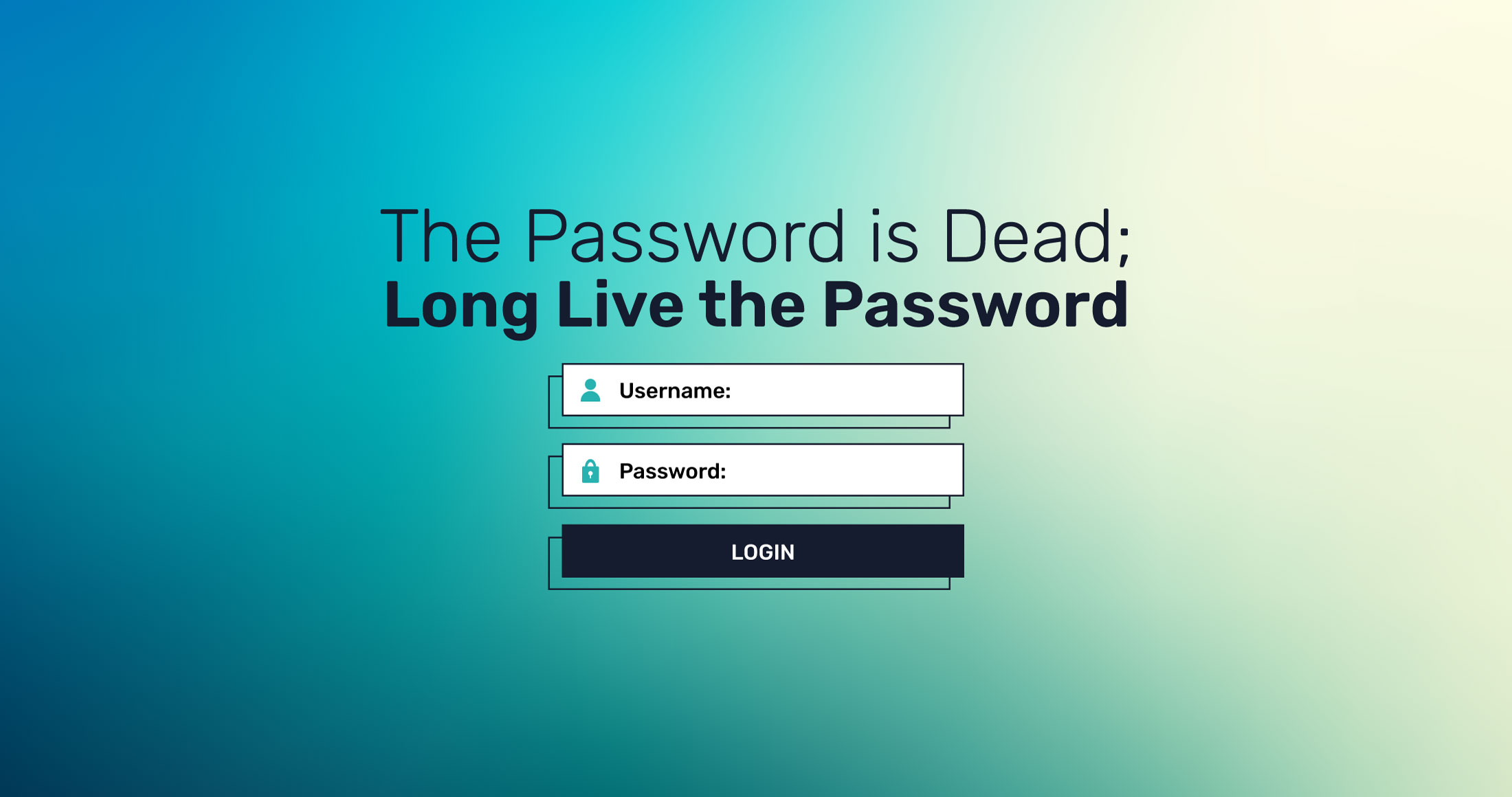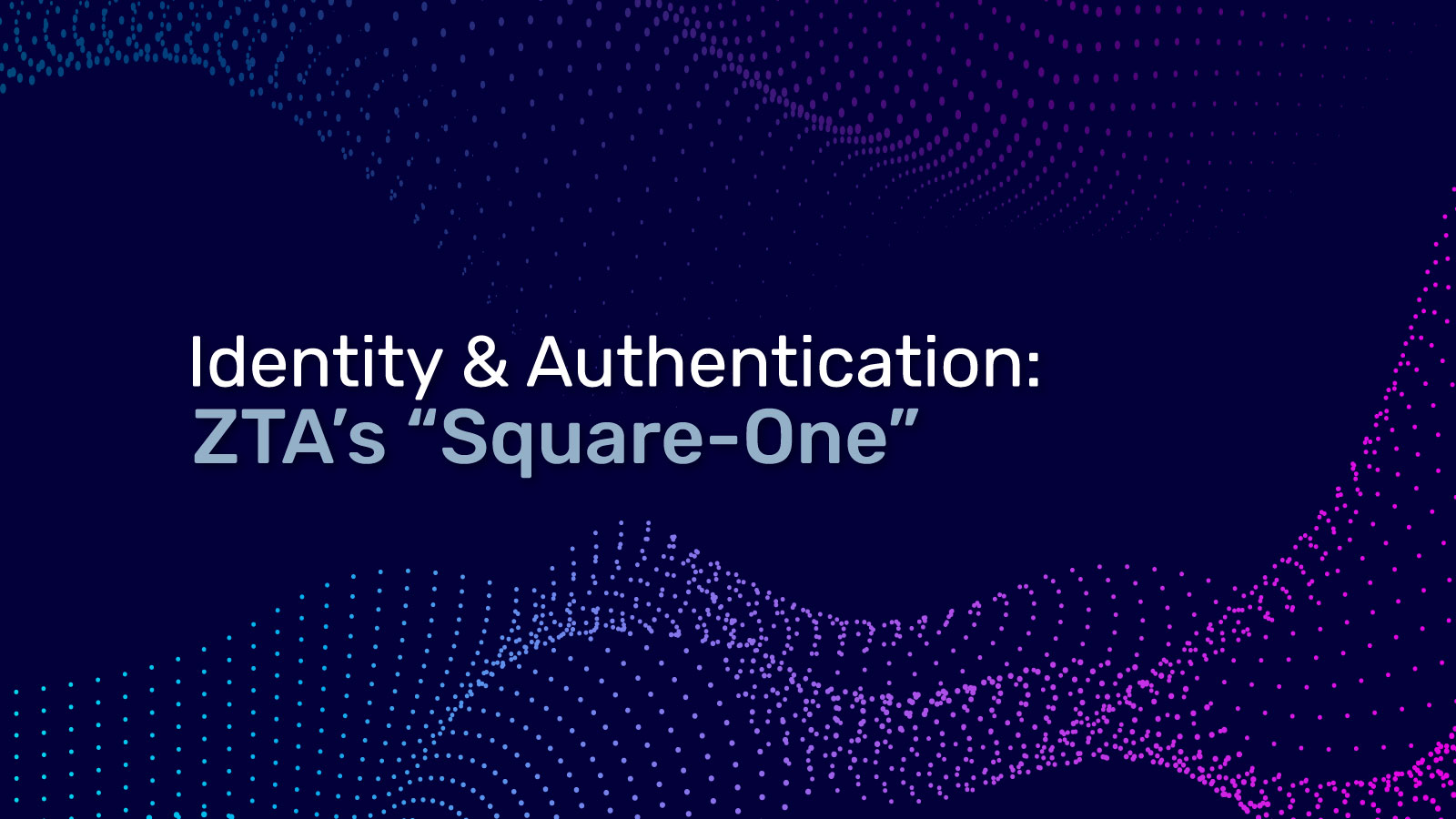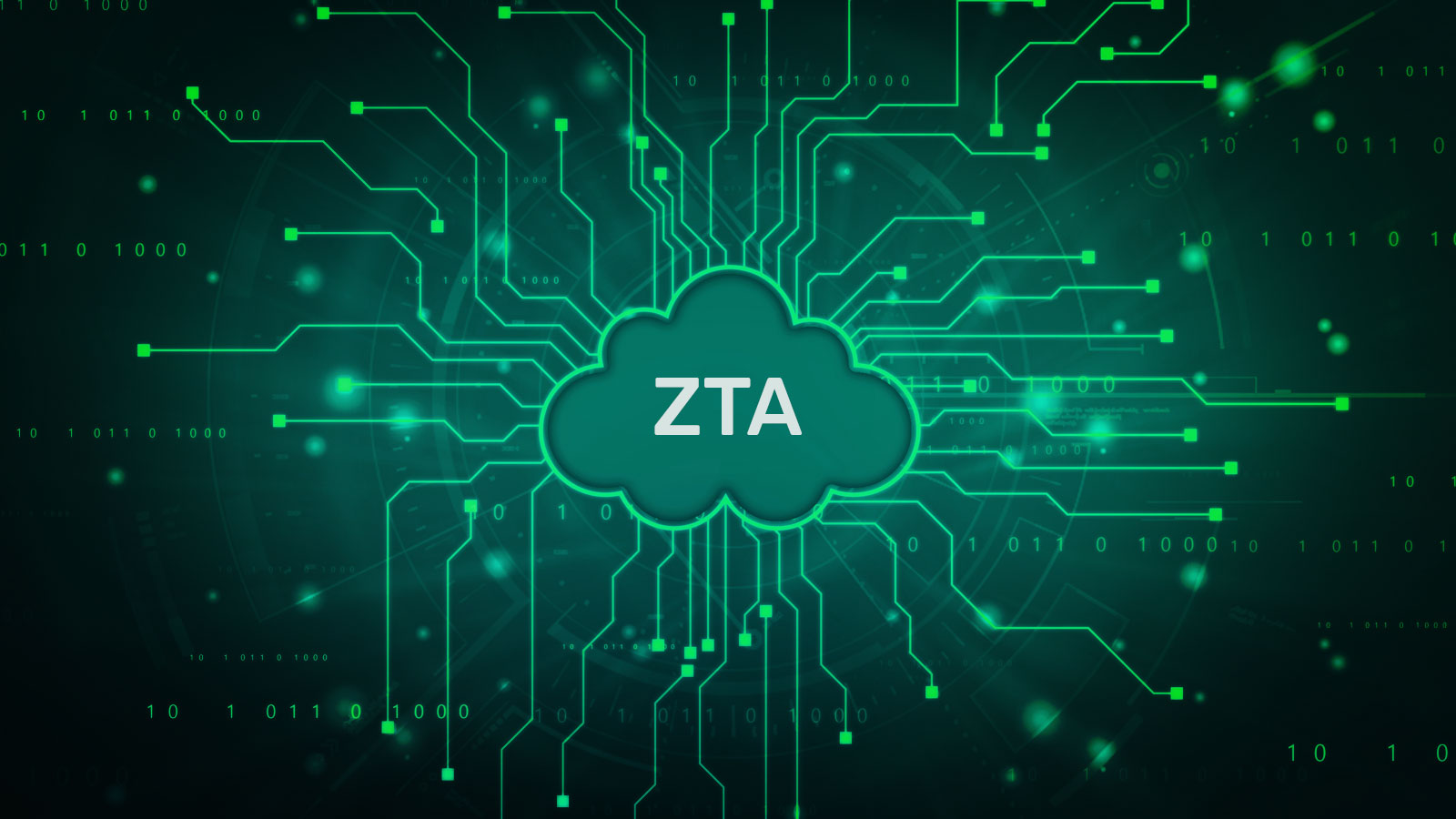
The Password is Dead; Long Live the Password
The password gets a bad rap. Sure – most of it might be warranted, but the password is simply guilty by association. The true culprit of the weak security threshold passwords are perceived to have is the insufficient technological process that underlies traditional password-based authentication – the insecure symmetric method of the classic password.


